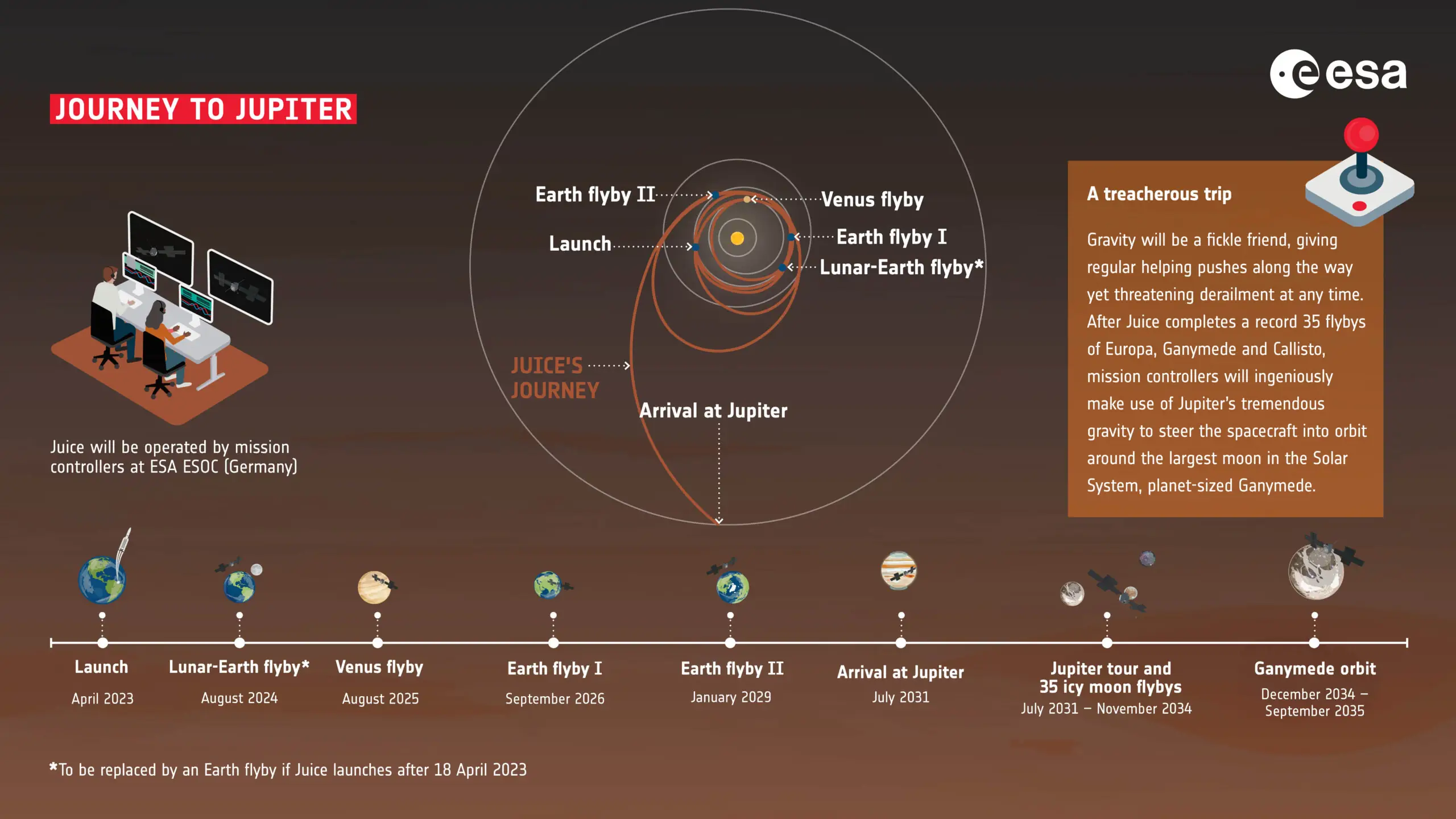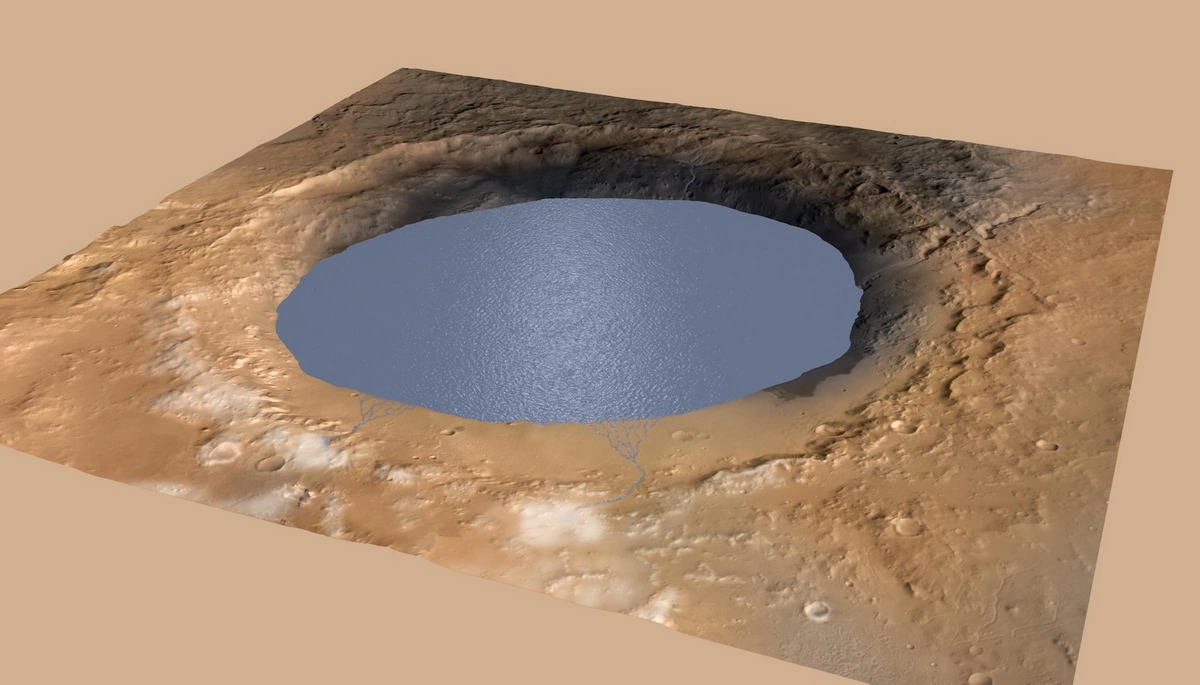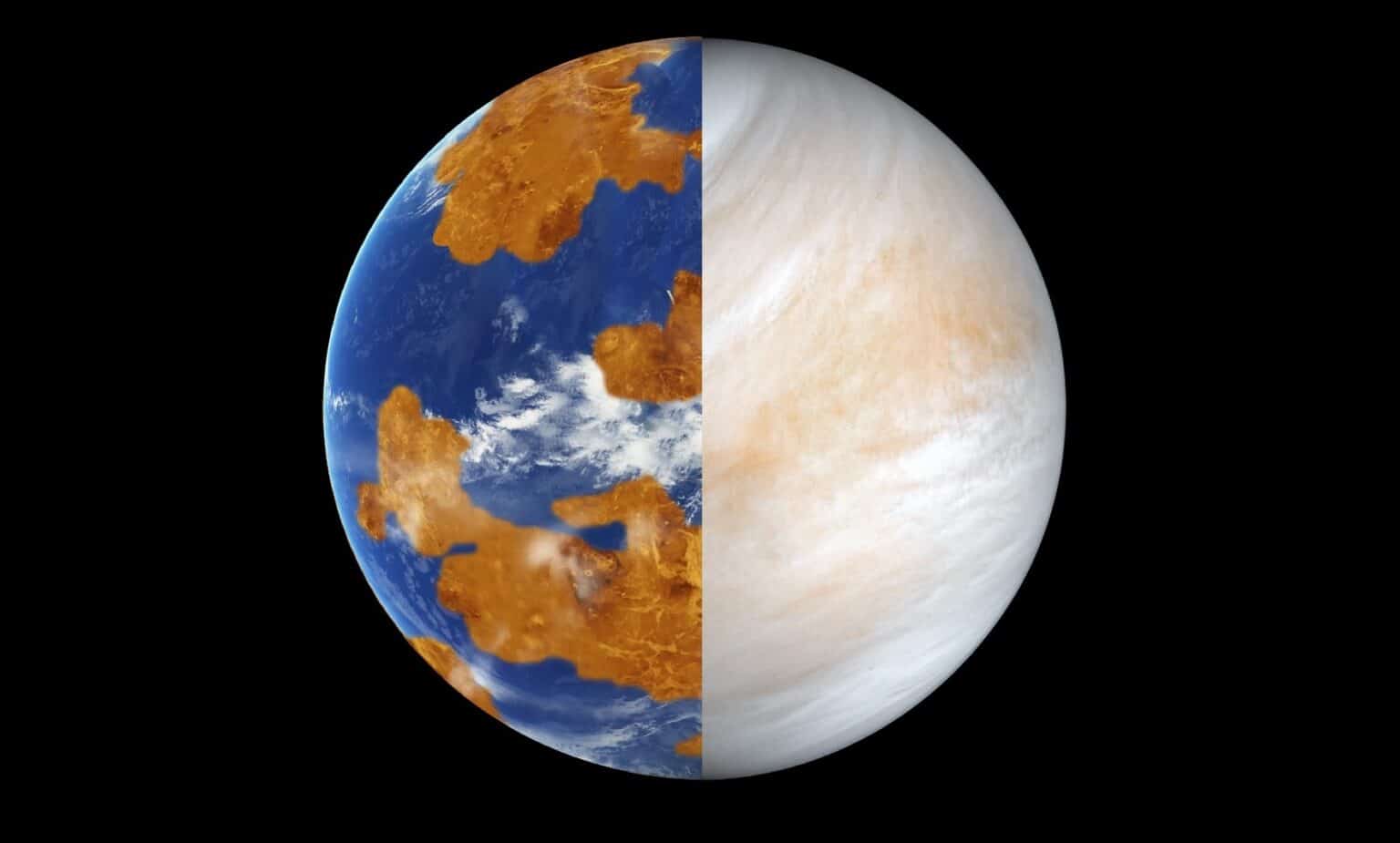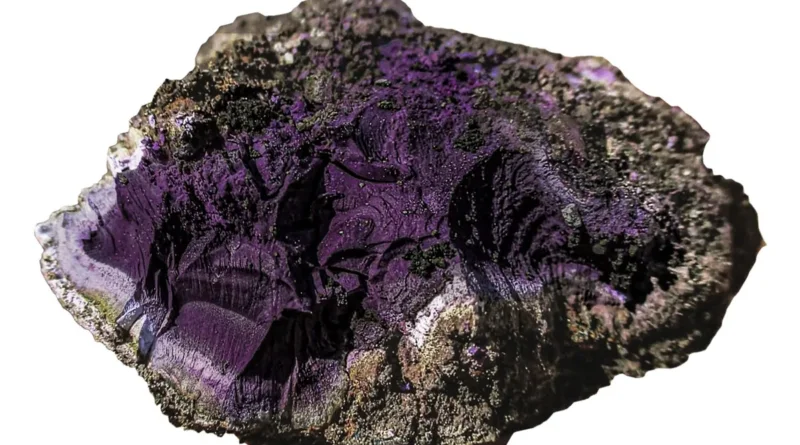In 2023, the probe of the European Space Agency (ESA) JUICE flew to Jupiter for that. The goal is a thorough study of its three satellites — Ganymede, Callisto, and Europa. In particular, the probe will look for water there, which is believed to be contained in the oceans deep below the surface. Space writes about it.
Water is a key component of life on Earth, so studying its distribution on Jupiter's moons could help scientists learn whether life could indeed be lurking in the subterranean oceans of these worlds.
Scientists currently do not have the ability to drill into the icy surface of Jupiter's satellites, which means that they cannot yet determine the composition and characteristics of underground oceans, as well as confirm their existence in principle.
The JUICE spacecraft has a special radar called RIME, which will allow you to look below the surface of Jupiter's moons. According to ESA researchers, the use of the new radar system will improve the understanding of the distribution of water in the Solar System. After all, there is more water there than was thought even 20 years ago.


When JUICE arrives at Jupiter in July 2031, it will study Jupiter's magnetic fields and atmosphere, as well as its moons and ring system. Scientists hope to determine the depth of the oceans beneath the icy shells of Jupiter's moons, their chemical composition and potential population.
ESA is also developing a radar system that will be delivered to Venus on the Envision spacecraft. It will be the first probe to study Venus from its inner core to its upper atmosphere. The probe will observe the interaction between the various layers of the infernal planet, including its atmosphere, surface, and subsoil and interior.


 1698
1698












